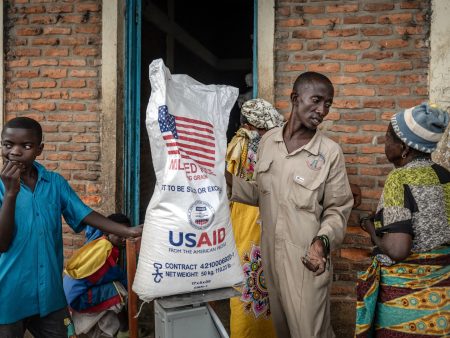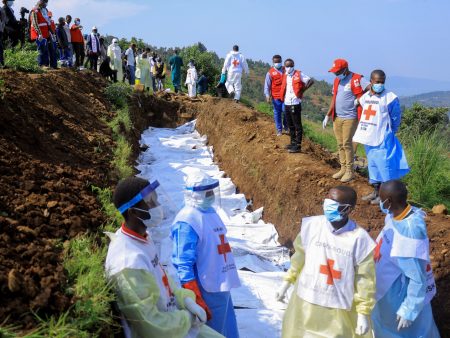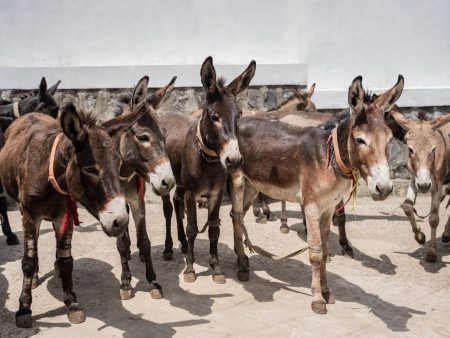The World Health Organization (WHO) has announced a suspected outbreak of the Marburg virus in Tanzania, raising concerns about the potential for widespread transmission and highlighting the urgent need for effective control measures. With at least eight fatalities among nine reported suspected cases, the outbreak underscores the high case-fatality rate associated with this viral hemorrhagic fever, which can reach up to 88%. The affected area, Kagera region in northwestern Tanzania, serves as a transit hub with significant cross-border movement, increasing the risk of spread to neighboring countries, including Rwanda, Uganda, Burundi, and the Democratic Republic of the Congo.
The Marburg virus, belonging to the same family as the Ebola virus, poses a significant threat to public health due to its rapid transmission and the lack of approved vaccines or treatments. Transmission occurs primarily through direct contact with infected individuals or their bodily fluids, as well as contaminated materials such as bedding or clothing. Initial symptoms often resemble those of other infectious diseases, making early diagnosis challenging. As the disease progresses, it manifests as a severe hemorrhagic fever characterized by high fever, muscle aches, severe headache, and bleeding from various orifices.
The current outbreak in Tanzania follows a recent Marburg outbreak in neighboring Rwanda, which infected at least 66 people and resulted in 15 deaths. The proximity of these outbreaks emphasizes the need for regional collaboration in implementing control measures and preventing further spread. The WHO and other international health organizations are actively supporting Tanzania’s response to the outbreak, including enhancing surveillance, contact tracing, and infection prevention and control measures in healthcare settings.
Given the high fatality rate and the potential for rapid transmission, the WHO has assessed the regional risk of further spread as “high,” emphasizing the urgent need for coordinated efforts to contain the outbreak. The global risk remains assessed as “low,” but the potential for international spread cannot be ignored. The WHO is working closely with neighboring countries to strengthen their preparedness and response capacities, including surveillance, laboratory diagnosis, and case management.
The absence of approved vaccines or treatments for Marburg virus disease poses a significant challenge in managing outbreaks. Supportive care, including fluid replacement and management of bleeding complications, is crucial for improving patient outcomes. Research and development efforts are underway to develop effective antiviral drugs and vaccines against Marburg virus. Until such interventions become available, prompt diagnosis, isolation of infected individuals, and strict adherence to infection prevention and control measures remain the most effective strategies for containing outbreaks.
The recent outbreaks of Marburg virus in East Africa highlight the importance of strengthening global health security and investing in research and development for neglected tropical diseases. Improving surveillance systems, enhancing diagnostic capacity, and promoting community engagement are essential elements of a comprehensive approach to preventing and controlling future outbreaks. International collaboration and coordination are paramount in responding effectively to emerging infectious disease threats and protecting global public health. The WHO continues to monitor the situation closely and provide technical assistance to affected countries to help them contain the outbreak and minimize its impact.










